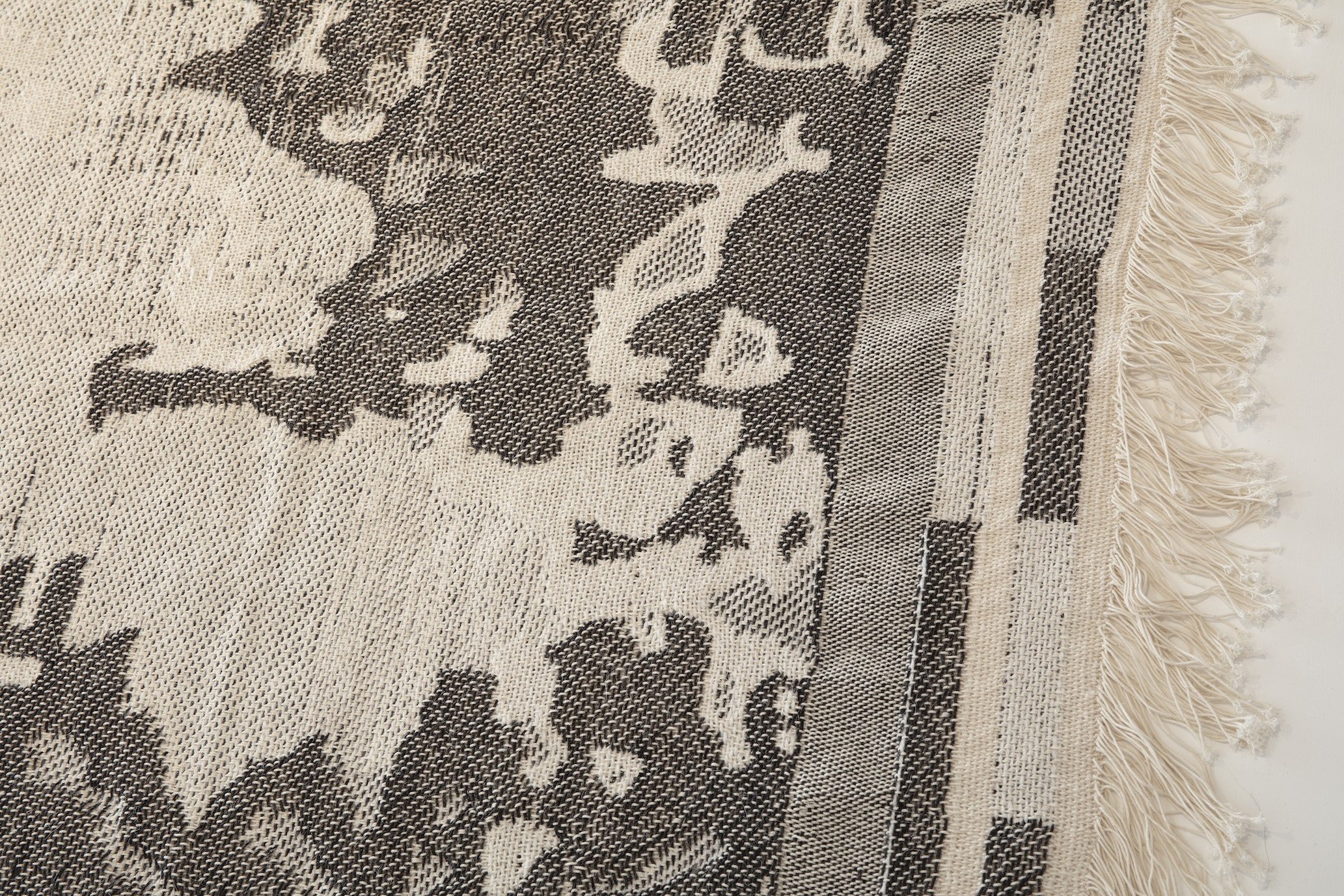WINDOWS ON THE WEST
2019
Hand-woven Jacquard Textile, recycled yarn
250 x 135 cm
Made in collaboration with Textile Prototyping Lab, Art Academy Weißensee and Julie Gebhardt
In the collection of Quai Branly Museum Paris
Horace Vernet, Frédéric Goupil-Fesquet, Harem de Méhémet-Ali, 1839, lithograph
RELATED TEXTS
Heba Y. Amin (2025). The Operative Logic of an Image, EUR_Asia Digital Brochure, Museo Delle Civilità, 18-24.
When I see the Future, I close my Eyes: Chapter II
Exhibition catalog, Zilberman Gallery Berlin
Heba Y. Amin & Anthony Downey (2023). The techno-politics of programming vision, Visual Studies, 38:2, 192-195, DOI: 10.1080/1472586X.2023.2198393
“Programmed Visions and Techno-Fossils: Heba Y. Amin and Anthony Downey in conversation”. Third Text Online, 21 July 2022, www.thirdtext.org/downey-amin.
The first documented photograph taken on the African continent dates from November 7, 1839, merely three months after France introduced the daguerreotype camera to the world. The photo was taken in Alexandria by French painter Horace Vernet, along with his nephew Frédéric Goupil-Fesque, who captured the exterior of Muhammad Ali Pasha’s harem palace. Even though there was nothing erotic about the image, it created a sensation in Paris by igniting fantasies about what the French envisioned as a suggestive subject matter.
Due to the inaccessibility of the North African female subject, European artists invented an idea of romance by photographing the native woman to fit their vision, their fabricated delusion. While these hierarchical relations are in place, the bodies themselves are invisible. The harem is not actually pictured, but the idea of the women is implied through the voyeuristic gaze of the technological device. Even Vernet alludes to the predatory manner of his photographic excursions, particularly in Egypt: they were “daguerreotyping like lions”, he writes.
The original photographic plate of Vernet’s and Goupil-Fesque’s expedition no longer exists. The only copy that remains is the lithograph (above), translated from the original photograph. Windows on the West copies the “original” by transforming it to a textile, and situates it back in the local technologies of weaving that have been grounded in Egypt for centuries. In doing so, it attempts to eliminate the embedded narrative of the Western male gaze.
The work was exhibited for the first time in Egypt’s 14th century Hall of Moheb al-Den Abu al-Tayeb, in the heart of historic Cairo (UNESCO heritage site) and located directly adjacent to the Egyptian Textile Museum, the only textile museum in the Middle East narrating the history of textiles with Egypt at its center.
courtesy CHROMA, Zilberman Gallery
courtesy CHROMA, Zilberman Gallery
courtesy CHROMA, Zilberman Gallery
courtesy CHROMA, Zilberman Gallery




